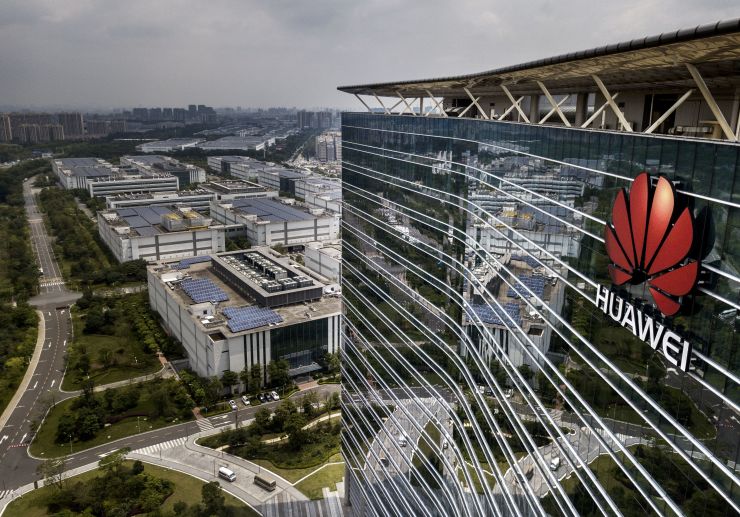
The U.S. government on Monday temporarily eased some trade restrictions imposed last week on China’s Huawei, a move that sought to minimize disruption for the telecom company’s customers around the world.
The U.S. Commerce Department will allow Huawei Technologies to purchase American-made goods in order to maintain existing networks and provide software updates to existing Huawei handsets.
The company is still prohibited from buying American parts and components to manufacture new products without license approvals that likely will be denied.
The new authorization is intended to give telecommunications providers that rely on Huawei equipment time to make other arrangements, U.S. Secretary of Commerce Wilbur Ross said in a statement.
The authorization, which is in effect for 90 days, suggests changes to Huawei’s supply chain may have immediate, far-reaching and unintended consequences for its customers.
“The goal seems to be to prevent internet, computer and cell phone systems from crashing,” said Washington lawyer Kevin Wolf, a former Commerce Department official. “This is not a capitulation. This is housekeeping.”
Reuters reported Sunday that Alphabet’s Google suspended business with Huawei that requires the transfer of hardware, software and technical services except those publicly available via open source licensing, citing a source familiar with the matter.
Google did not immediately respond to a request for comment on the new authorization. The Wall Street Journal reported, however, that a person familiar with the matter said Google would be halting its plans to cut Huawei’s access.
Huawei, the world’s largest telecommunications equipment maker, declined to comment to CNBC.
The Commerce Department said it will evaluate whether to extend the exemptions beyond 90 days.
On Thursday, the U.S. Commerce Department added Huawei and 68 entities to an export blacklist that makes it nearly impossible for the Chinese company to purchase goods made in the United States.
The companies on the list are deemed to be engaged in activities contrary to the national security or foreign policy interests of the United States.
Reuters reported Friday that the department was considering a temporary easing, citing a government spokeswoman.
Monday’s announcement said the authorization was created as a temporary general license, in effect until Aug. 19.
The license also allows disclosures of security vulnerabilities and for Huawei to engage in the development of standards for future 5G networks.
Out of $70 billion Huawei spent buying components in 2018, some $11 billion went to U.S. firms including Qualcomm, Intel and Micron Technology.
“I think this is a reality check,” said Washington trade lawyer Douglas Jacobson. “It shows how pervasive Huawei goods and technology are around the globe and if the U.S. imposes restrictions, that has impacts.”
Jacobson said the effort to keep existing networks operating appeared aimed at telecom providers in Europe and other countries where Huawei equipment is pervasive.
The move also could assist mobile service providers in thinly populated areas of the U.S., such as Wyoming and eastern Oregon, that purchased network equipment from Huawei in recent years.
Wolf, the former Commerce official, said the temporary license was similar to action taken by the department in July to prevent systems from crashing after the U.S. banned China’s ZTE, a smaller Huawei rival, from buying American-made components in April.
The U.S. trade ban on ZTE wreaked havoc at wireless carriers in Europe and South Asia, sources told Reuters at the time.
The ban on ZTE was lifted July 13 after the company struck an agreement with the Commerce Department that included a $1 billion fine plus $400 million in escrow and replacement of its board of directors and senior management. ZTE, which had ceased major operations as a result of the ban, then resumed business.

